It Came from Outer Space! Everyday Items Invented by NASA.
Many of the objects we rely on every day only exist thanks to NASA’s ingenious team of scientists and engineers.
We’re celebrating the brains behind these vital elements of modern life, looking back over NASA’s achievements and exploring the fascinating origins of these everyday items.
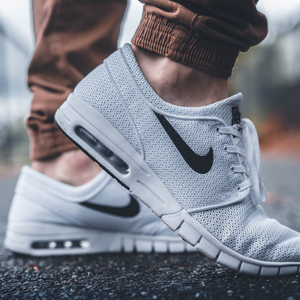
Nike Air Trainers
In 1979, NASA aeronautical engineer Frank Rudy decided to take technology originally developed for astronauts’ helmets and apply it to sports shoes. Using ‘blow rubber moulding’, an aeronautics technique used for the Apollo mission helmets, he pumped gas into hollowed-out plastic soles to create a shock-absorbing cushion, reducing the strength of an impact. Rudy pitched this idea to Nike, resulting in the launch of the AIR brand (Tailwind) that is still being used today – we’re quite literally walking on air! Having revolutionised running shoe’s traction, comfort, and lightness, British runner Steve Ovett won a gold medal at the Moscow Olympics a year later in these trainers.

Laptops
The GRiD Compass – the world’s first laptop computer – was initially used on a space shuttle mission flown from the Kennedy Space Center in 1983. With a robust clam shell design, GRiD was about the size of a large ring binder and weighed a hefty 4.5kg. Its 21.6cm plasma screen could display 25 lines of up to 128 characters that could be “viewed from any angle and under any lighting conditions”. The device came with a spreadsheet and text editor, a database manager, a plotter, a terminal emulator and other business software. The Compass was priced at a whopping $8,150 (the equivalent of around $23,000 today), so was understandably not intend for consumers, but for business executives.
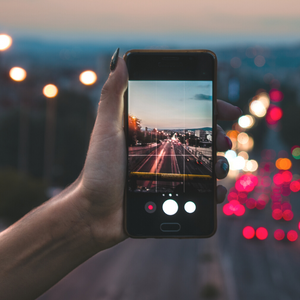
Phone Cameras
From digital cameras to Go Pros to phone cameras, NASA was the first to develop the concept of a technology we couldn’t imagine life without today. When they decided to substitute Charged Coupled Device (CCD) sensors for Complimentary Metal-Oxide-Semiconductor (CMOS) sensors in their satellite cameras, they were on to something big. CMOS are much more portable and energy conscious sensors, they also capture higher-quality images. Using this technology, NASA created a camera small enough to fit on a spacecraft without sacrificing quality, maintaining the scientific excellence of image sensors in space. Today, these clever sensors are used in practically every camera.
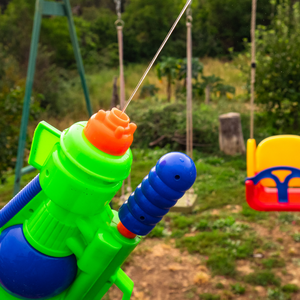
Super Soakers
The technology behind Super Soakers was accidentally developed by a NASA spacecraft systems engineer and part-time inventor Lonnie Johnson. He was working on a new concept for a heat pump to use in refrigerators, “machining some nozzles and experimenting at home” when he “shot some streams of water into the sink”. Surprised by their power, he thought, “Geez, this would make a neat water gun”. After giving the prototype to his daughter, he soon heard feedback of its success with her friends. He received the patent for his ‘Squirt Gun’ in 1968.
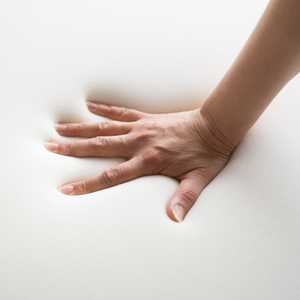
Memory Foam
The memory foam in our mattresses, pillows, and even shoes was created in the 1970s by NASA-funded researchers as padding to keep pilots cushioned during flights. The visco-elastic foam would mould to the astronauts’ bodies during the high forces experienced in take-off and landing, improving crash protection, support and comfort. Today, memory foam mattresses carry a ‘Certified Space Technology’ stamp of approval. TEMPUR is even recognised by NASA and certified by the Space Foundation.
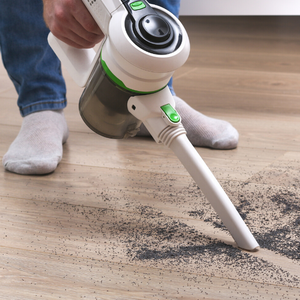
Cordless Vacuums
Cordless vacuums were first developed as a lightweight device to collect samples on the moon. NASA contracted Black & Decker to create the battery-operated vacuum/drill hybrid. The technology was lightweight, compact and powerful, so was quickly reused in consumer, industrial and medical hand-held cordless vacuums, including the Dustbuster.
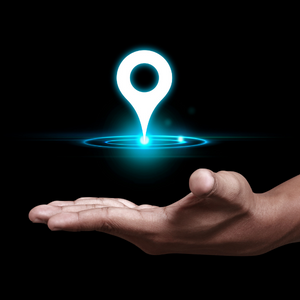
Precision GPS
NASA originally developed precision GPS technology to correct errors in the data from their Jet Propulsion Lab’s (JPL) global network of GPS receivers. It was the Sputnik era, and the US Navy was experimenting with satellite navigation to track their submarines with nuclear missiles onboard. Later in the 70s, the Department of Defense (DoD) used these Navy techniques to create a stable satellite navigation system, leading to the first Navigation System with Timing and Ranging (NAVSTAR) satellite.
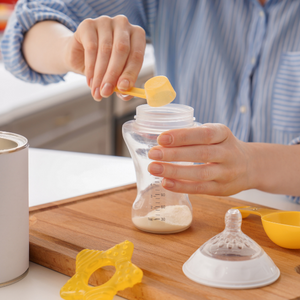
Enriched Baby Formula
The nutritional enrichment found in enriched baby formula was originally found by experiments conducted by NASA in the early 1980s. Researchers began by exploring the use of algae to create oxygen in outer space using the process of photosynthesis. However, they soon realised that certain types of algae contained some of the essential omega-3 fatty acids that are present in human breast milk. This discovery was then used in baby formulas, enriched with the fatty acids that help babies in their development.
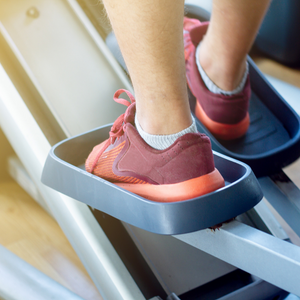
Resistance-Based Workout Machines
NASA engineers created the treadmills and workout machines that are (sometimes reluctantly!) used today. They created workout machines to maintain astronauts’ physical fitness in space because exposure to zero gravity can weaken the body, leading to muscle waste and decreasing bone density. Their Advanced Resistive Exercise Device (ARED) was designed to allow for more intense workouts in zero gravity. This resistance technology was developed further to make fitness and gym training more accessible to everyone.
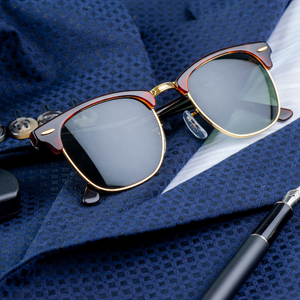
UV-Blocking Sunglasses
NASA first developed UV-blocking sunglasses to block out harmful wavelengths of solar radiation. The sunlight-filtering lenses protected astronauts’ eyes and enhanced colours. When creating the lenses, JPL scientists James Stephens and Charles Miller studied the eye structure of various birds of prey. Some contain oil droplets that protect from intensely radiated light waves to enhance vision. They took inspiration from nature to create a filtering system using light-filtering dyes and particles of zinc oxide. This same technology is use in sunglasses, safety masks for welding and ski goggles today.